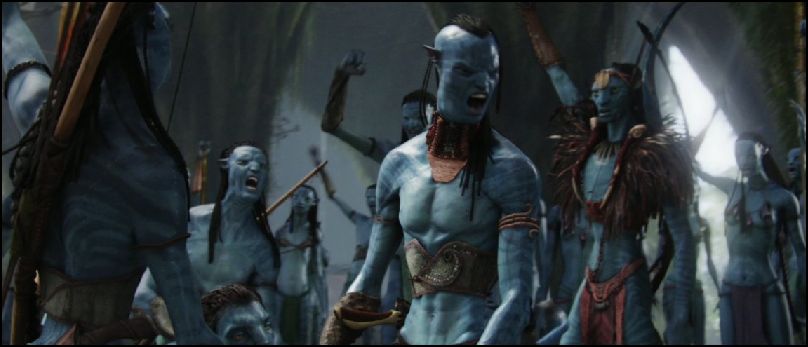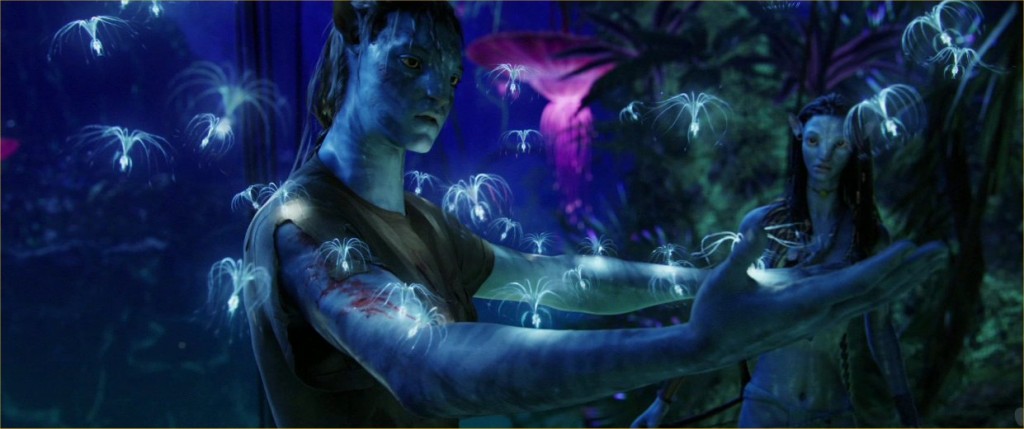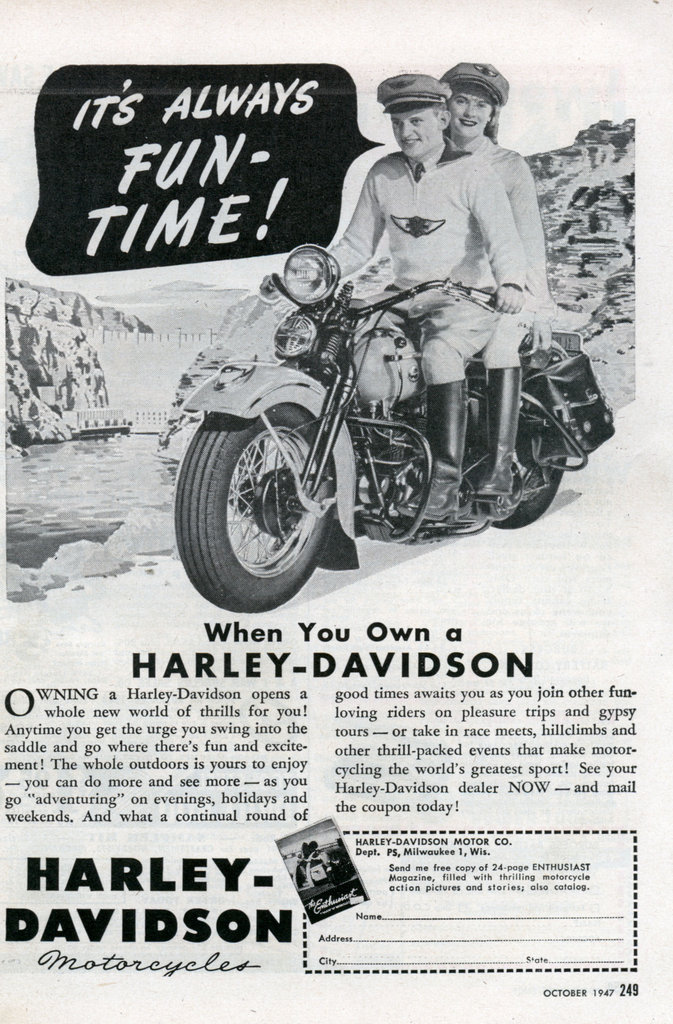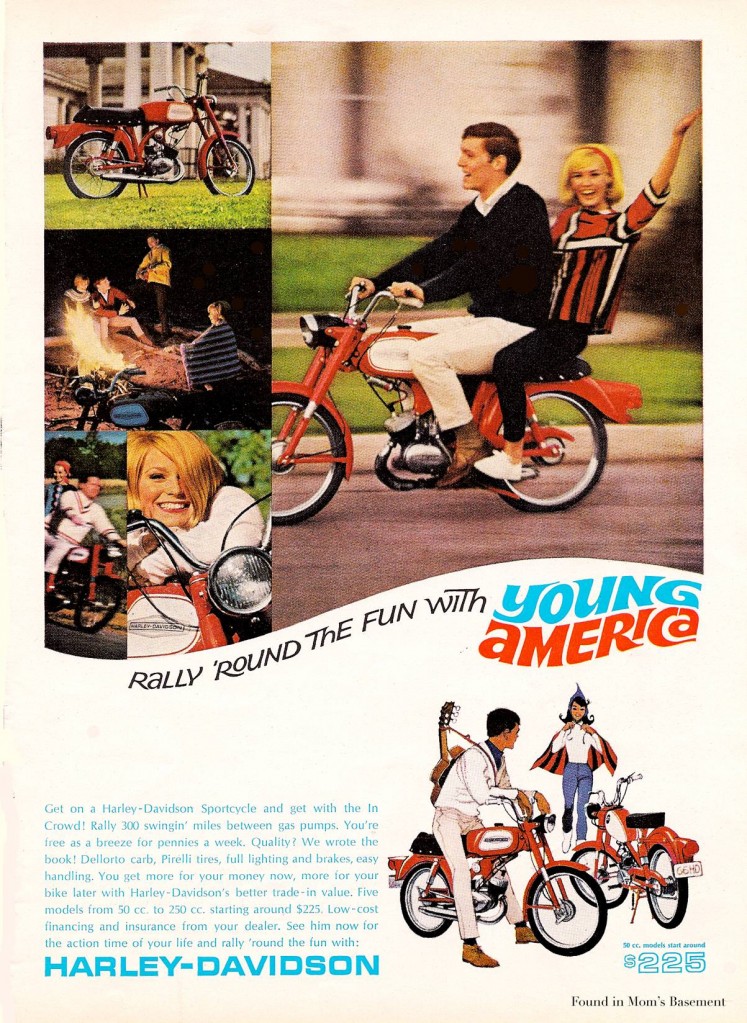Robin H., Tomi L., and Kate McL. asked us to talk about the new movie, Avatar. Tomi thought the gender politics were great, with men and women as equals fighting and ruling side-by-side. I think she’s right. It’s a great example of a cultural product that makes little of gender difference. (UPDATE: Though commenters are disagreeing on this point quite insightfully.)
With that said, I want to comment on the race politics in the movie (I do so indebted to Annalee Newitz and Eric Repphun; you might also be interested in Meloukhia’s comments from a disability studies perspective).
First, a summary (super spoiler alert):
Avatar is a moral re-evaluation of colonization. In the movie, humans go about killing and displacing the indigenous population of another planet, the Na’vi, in order to extract a valuable mineral.
The Na’vi are a fantastical version of indigenous populations encountered by Europeans during colonization. They wear features, bones, and skins; they have a deep spirituality and a ritual-filled life; they are accomplished and principled warriors; they hunt and fight with bows and arrows; and they have an intense connection to nature (the end of the black braided ponytail of the Na’vi contains mysterious filaments that plug into the flora and fauna, allowing a sort of mind meld with the animals and the planet). They are, in short, the stereotypical “noble savage.”


In the movie, humans use technology to transport their consciousnesses into home-grown native bodies.
A character, Jake Sully, and his avatar:

They use these bodies to infiltrate and befriend the Na’vi, all with the intention of furthering the goals of mineral extraction. Through our hero, Sully, we discover the moral superiority of the Na’vi people. His own exceptional nature is also revealed.
Sully being blessed by the Goddess, a sign that the Na’vi should accept him:

Later, the chief’s daughter falls in love with him.
The anthropological effort to convince the Na’vi to give up their land fails and so the humans decide to take the land by force, wantonly destroying their home and killing any Na’vi that get in the way. A handful of humans, led now by Sully, defect and join the Na’vi. During the battle, both the chief and the rightful inheritor of the role die. After they win the battle, Sully assumes the role of chief, with the highest ranking female at his side.
In the end, Sully abandons his (disabled) human body and the Goddess transfers his consciousness into his avatar body. He has, literally, “gone native.”
Now, to the commentary:
Avatar is a fantasy in which the history of colonization is rewritten, but it a fantasy specifically for white people living with a heavy dose of liberal guilt. And it is one that, ultimately, marginalizes indigenous peoples and affirms white supremacy.
If it were a fantasy for, say, the American Indian population in the U.S., the story might go a little differently. In that fantasy there would be no Sully character. It’s that simple.
The Sully character is white redemption embodied; he “…is liberal guilt made flesh.” His character redeems the human race (i.e., people of European descent) by proving that at least some of us (guilty liberals) are good. Whites can identify with Sully instead of the humans who orchestrate the genocide and displacement.
But Sully is not only a superior human being, he is also a superior Na’vi. After being briefly ostracized for his participation in the land grab, he tames the most violent creature in the sky, thereby proving himself to be the highest quality warrior imaginable per the Na’vi mythology. He gives them hope, works out their strategy, and is their most-valuable-weapon in the war. In the end, with all Na’vi contenders for leadership conveniently dead, he assumes the role of chief… and gets the-most-valuable-girl for good measure. Throngs of Na’vi bow to him.
As Annalee Newitz summarized in her excellent commentary:
This is a classic scenario you’ve seen in non-scifi epics from Dances With Wolves to The Last Samurai, where a white guy manages to get himself accepted into a closed society of people of color and eventually becomes its most awesome member.
I’m going to speculate that, if this were a fantasy written for a colonized population, the hero would come from their own ranks and, at the end of the movie, they would continue life on their land, with their culture intact, under Na’vi leadership, without a human in sight.
But that would be a movie that alienated the colonizer. And since history is written, and rewritten, by the victor, Avatar is what we get.
And it is a safe fantasy because the fight is over. During most of the encounter between Europeans and the indigenous populations in the Americas, stereotypes were cruel and dehumanizing. The “noble savage” stereotype that we are familiar with emerged only after the threat of American Indian resistance was long gone. We re-cast our enemy in romantic terms only after we won the war. How nice for us. It turns out our foe was a worthy one, making us look all the more impressive for being the victor. We can now pretend that we had deep respect for them all along.
Europeans can enjoy Avatar precisely because there is no risk to admitting that colonization was wrong. We can wallow in guilt about it and, still, the likelihood that power dynamics will be reconfigured in any meaningful way is just about zero.
(Images borrowed from here, here, and here.)
Lisa Wade, PhD is an Associate Professor at Tulane University. She is the author of American Hookup, a book about college sexual culture; a textbook about gender; and a forthcoming introductory text: Terrible Magnificent Sociology. You can follow her on Twitter and Instagram.









